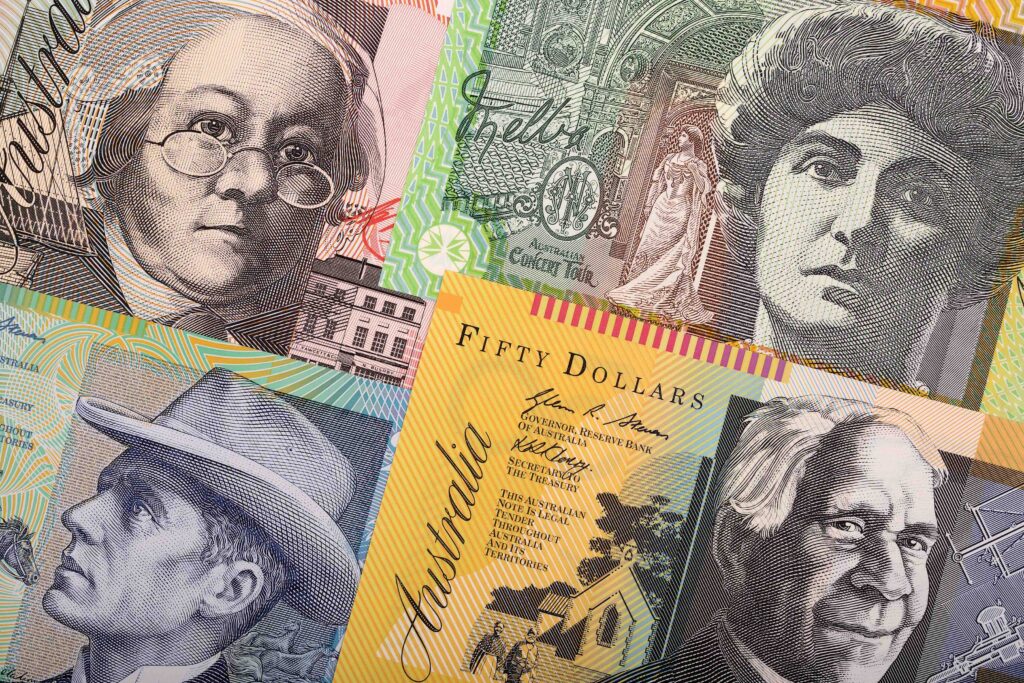Ever wondered how dating apps sustain themselves? Dating apps utilise a variety of monetization methods. Here’s a breakdown of the most common business models and what they mean for users.

Freemium Model
The freemium model is a popular choice for dating apps. Users can access basic features for free, with the option to upgrade to premium for additional perks.
- Example Apps: Tinder, Bumble, Checkin
- Free Features: Basic messaging, profile browsing
- Paid Features: Enhanced visibility, additional likes
| Feature | Free Users | Paid Users |
| Visibility | Limited swipes | Unlimited swipes, more exposure |
| Message Limits | Only mutual matches | Open messaging to non-matches |
| Profile Boost | Not available | Daily boosts, spotlight exposure |
Subscription Model
Subscription-based apps offer monthly plans. These models aim to cultivate a community of serious daters willing to invest in the experience.
- Example Apps: eHarmony, Match.com
- Cost Range: $10-60 per month
- Benefits: More profile details, better customer support
In-App Advertising
Apps with a large user base monetize by displaying ads. This model allows users to access the app for free, but ad interruptions can affect the user experience.
A Unique Model with Checkin
Checkin offers a free, location-based model that removes reliance on ads and premium-only features. With real-time check-ins at physical venues, users can connect organically. Interested in a fresh, ad-free dating experience? Learn more in our article on “how dating apps work“ and why Checkin stands out.


